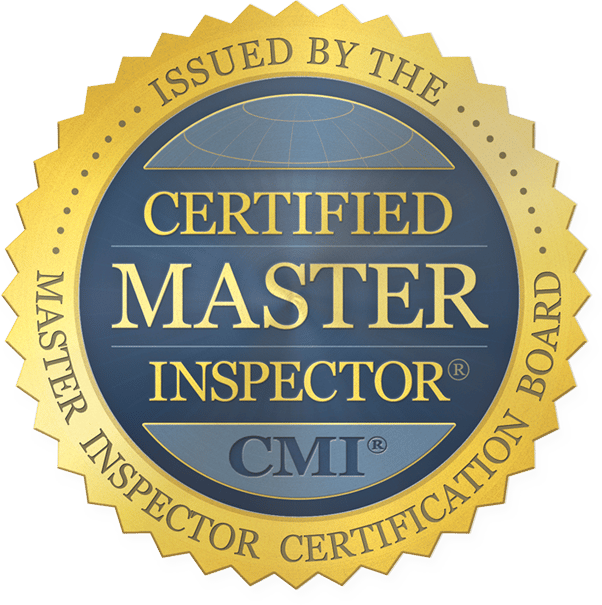Spotting the Signs of Mold Infestation: A Comprehensive Guide

Learn how to detect mold in your home with this expert guide.
Mold is a common household problem that can cause serious health problems if left unchecked. It can grow in hidden areas of your home and release harmful toxins into the air. It is essential to be proactive and detect mold infestation early to prevent its spread and minimize health risks. In this comprehensive guide, we will help you identify the signs of mold infestation and take the necessary steps to address the problem.
Understanding Mold and its Risks
Mold is a type of fungus that grows in damp or humid environments. It can spread rapidly and release airborne spores known as spores, which can cause respiratory problems, allergic reactions, and other health issues. Mold can also cause structural damage to your home and decrease its value.
Common Places for Mold Growth
Mold is commonly found in the bathroom, kitchen, basement, attic, and other areas of the home where moisture is present. It is essential to regularly inspect these areas for any signs of mold growth and take immediate action if necessary.
Signs of Mold Infestation
There are several signs that indicate the presence of mold in your home. Some of these signs include:
Musty Odor
A musty odor is a strong indication of mold growth. The smell is often described as earthy or damp and can be noticeable in areas where mold is present.Visible Mold Growth

Visible mold growth can range in color from black, green, white, or gray and may appear as a spot or patch. It can grow on surfaces such as walls, ceilings, floors, and bathroom fixtures.
Stains or Discoloration
Stains or discoloration on walls, ceilings, or floors can indicate the presence of mold. These stains are often dark and may have a fuzzy or slimy appearance.
Allergic Reactions
Such as sneezing, itching, and runny nose, can be a sign of mold infestation. If you experience these symptoms regularly, it may be time to inspect your home for mold.
Respiratory Problems
Such as coughing, wheezing, and shortness of breath, can be caused by exposure to mold. If you experience these symptoms regularly, it is essential to inspect your home for mold and take the necessary steps to address the problem.
How to Address Mold Infestation
If you suspect mold growth in your home, it is essential to take immediate action to address the problem. Some steps you can take include:
Identify the Source of Moisture
The first step in addressing mold infestation is to identify the source of moisture. This could be a leaky roof, faulty plumbing, or a damp basement. Once you have identified the source of moisture, it is essential to repair the problem to prevent mold from growing back.
Treat the Affected Area

To treat the affected area, it is essential to wear protective clothing and use a solution of water and bleach. Scrub the moldy area thoroughly and dry it completely to prevent mold from growing back.



